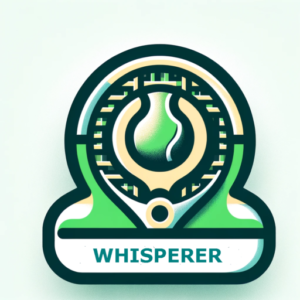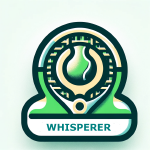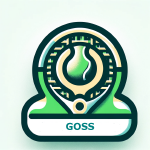Burnout & Growing Professionalization of Youth Tennis
Burnout & Growing Professionalization of Youth Tennis
When the Dream Becomes a Drain
An interesting article in the New York Times recently highlighted the growing professionalization of youth sports.
While the focus was primarily on baseball — with stories of travel teams, specialization, and early burnout — it got me thinking about tennis, where this trend is even more pronounced.
In no other sport are children placed into such high-performance, adult-like structures at such a young age. Full-time tennis academies, which promise the pathway to college scholarships or the pro tour, are becoming the new normal for talented juniors. But what is the real cost of turning childhood passion into a full-time job before the age of 14?
Is this pursuit of elite performance in youth tennis — especially within full-time academy systems — fueling a quiet crisis: early burnout, emotional exhaustion, and lost joy.
The Rise — and Risks — of Tennis Academies
Today’s competitive tennis landscape is dominated by academies offering pro-level training environments for kids barely out of elementary school. These institutions market early specialization as essential to “making it.” But the path often demands sacrifices — socially, academically, and emotionally — before players have the maturity to understand them.
Academy life typically means 20+ hours of tennis per week, year-round competition, and reduced time for unstructured play or other sports. Many players train in isolation from peers, chasing ranking points that feel like a currency of self-worth.
According to a 2024 report from the American Academy of Pediatrics, early specialization, overuse injuries, and mental fatigue are leading causes of burnout. Add in the emotional strain of performance expectations from coaches and parents, and the tennis academy model starts to look more like a pressure cooker than a playground.
From Court Dreams to Crushed Spirits
The consequences are real — and widespread.
Many players feel emotionally drained by their mid-teens. Injuries become chronic. Friendships strain under competitive pressure. And when the tennis stops being fun, the entire identity built around it begins to unravel.
Former MLB player Travis Snider, who now mentors youth athletes, described how distorted priorities and external expectations crushed his early passion for sport. His message resonates deeply in tennis: you are not your UTR ranking.
Rethinking the System: Healthy Tennis Development
So how do we build a healthier tennis environment for juniors?
Progressive programs are challenging the outdated win-or-wash-out mindset by:
-
Encouraging multi-sport play until the mid-teens
-
De-emphasizing rankings in early development
-
Providing mental skills coaching (e.g., journaling, visualization, breathwork)
-
Training parents and coaches in emotional literacy and support
Mental health training is slowly becoming a requirement for coaches in some US states. And organizations like 3A Athletics are reframing athletic development to focus on balance, identity, and well-being, not just trophies.
Redefining What It Means to “Make It”
The tennis world needs a cultural reset.
Not every junior will play Badge Division I, get a college scholarship or go pro. But every child should leave the sport with more confidence, not less; more joy, not less. And above all, they should walk away with life skills — resilience, emotional intelligence, discipline, and self-awareness — that serve them far beyond the court.
The goal shouldn’t be just to produce champions — but to create lifelong players, healthier people, and well-rounded individuals who can carry the lessons of sport into every area of their lives.
Wrap
As many in the tennis community know firsthand, the youth sports model is under strain. In tennis, full-time academies may accelerate skills, but they can also accelerate burnout.
The question we must ask: Are we building players who thrive, or just performers who survive?
Because before the serve, the stroke, or the score, there’s a kid holding the racket — and we owe it to them to protect both their game and their spirit.







